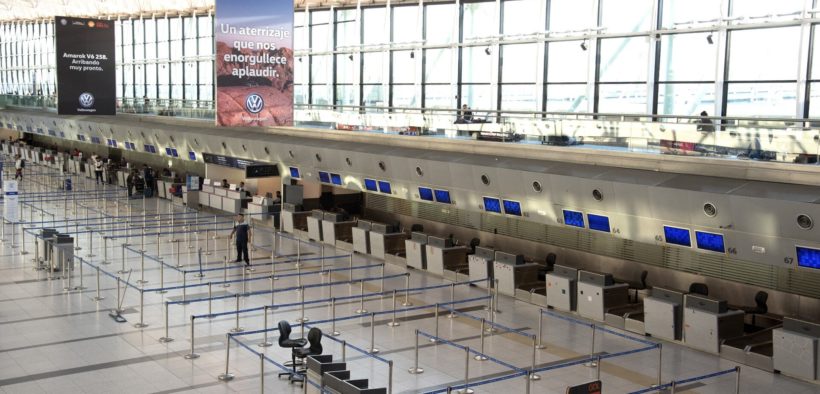The Pandemic Cost Latin American Airports 775 Million Passengers
Share

The COVID-19 pandemic has cost Latin American airports over 775 million passengers in the last two years, said Rafael Echevarne, the Airport Council International Latin America & the Caribbean (ACI-LAC) general director. Across the region, airports and airlines have suffered from the many travel restrictions and almost zero economic support.
Losing millions of passengers
Prior to the pandemic, the airports in Latin America & the Caribbean were averaging 683 million passengers. Nonetheless, in the last couple of years, they have lost 775 million travelers.
Due to this crisis, the airports have lost approximately US$16.6 billion in revenue, added Echevarne during ACI’s Annual General Assembly in Cancun, Mexico.
Some countries have had a better recovery than others, though. Mexico, Colombia, and the Dominican Republic are Latin America’s main examples of good policies allowing the airline industry to recovery.
A few Mexican airports are already receiving more travelers than in 2019, like Tijuana and Cancun. Up to September, Tijuana had grown by 22%, while Cancun had a 12% increase compared to pre-pandemic numbers. Mexico’s passenger traffic is just 14.5% below 2019 levels, according to data provided by the local authorities. Many carriers, both domestically (like Volaris and Viva Aerobus) and internationally (like American Airlines), are already posting more significant traffic numbers in the country.
Likewise, the Dominican Republic airports have already grown by 9% compared to 2019 levels, as reported by Aviacionline. These three countries have benefitted from VFR and leisure travel as well as the absence of travel restrictions. Moreover, Mexico was the only country worldwide never to impose any type of restriction, said Echevarne.








